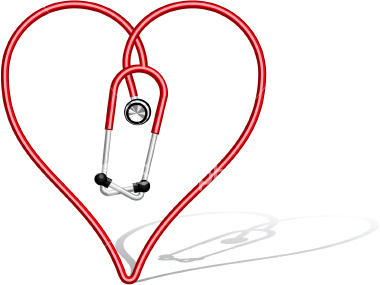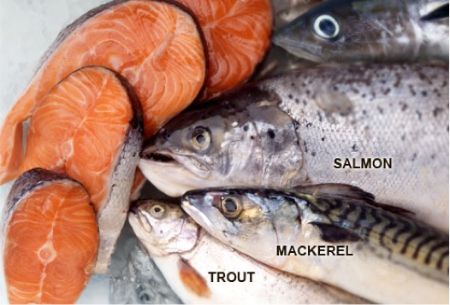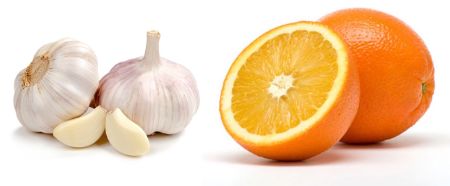
In consultation with your doctor, you should establish and understand the following targets for shooting down heart disease. The numbers are important, but they will be much more useful if you understand the reasoning behind them.
(If you don’t, talk with your doctor, and keep reading my BLOG.)
My general targets are:
- Blood pressure of 120/80
- Total cholesterol count under 150
- HDL cholesterol should be greater than 45
- LDL cholesterol should be less than 70
- The particle number for LDL should be less than 1,000
- LDL should be described as “Pattern A,” meaning your LDL cholesterol particles are large and buoyant
- Triglyceride count less than 150
- A fasting glucose, serum (sugar) count between 65 and 99
- Body mass index (BMI), the percentage of body weight that comes from fat, should be under 25
- Thyroid, C-reactive protein, and homocysteine all within the normal range
Start Using Natural Substances | Niacin (vitamin B3) | Lower LDL And Boost HDL
I try as soon as possible to start using natural substances. Niacin (vitamin B3) is terrific at lowering LDL and boosting HDL. Most significantly, it changes dense, small LDL particles into larger, more buoyant particles that do not embed as easily in arterial lining. Niacin has the unhappy side effect of causing flushing — an uncomfortable rush of blood to the face. This feels like breaking out in a sudden heat rash: hot and prickly. For this reason, the patient needs to start with a low dose of niacin, 250 milligrams, and build up the amount slowly. The dosage should be increased by 250 milligrams every three months. It’s best to take the dose at night with aspirin, which mitigates the flushing. If you are asleep and experience minor flushing you probably won’t even wake up. It usually takes a patient one to two years to arrive at the maximum dosage that can be tolerated. Ideally, I’d like to see a patient take between 1,500 and 3,000 milligrams daily, but few can reach this level. Any dosage the patient tolerates is a plus.
Fish Oils (omega- 3 and 6 fatty acids)

Fish oils (omega- 3 and 6 fatty acids) can provide exceptional benefits to patients who have trouble controlling their triglycerides (another form of fat in the blood). Fish such as Salmon, Trout, Mackerel, and Sardines contain large amounts of these fatty acids. For those who want to make sure they get enough fish oil by taking supplements, I recommend 2 grams daily. Some doctors recommend as much as 4 grams.
Fish oils are commonly sold in IU units, so you’ll have to consult the label or ask your provider how many IU units translate into 2 grams. (IU units are based on effect, not weight, and so the number of units in a substance varies with the substance).
Common Foods and Substances
Then there are common foods and substances that help reduce cholesterol. It’s important to realize, though, that each of these has only a marginal effect. They have nothing like the potency of, say, statin drugs. They should be used only once the patient’s cholesterol is well under control.
Oat Bran
Oat bran and oatmeal are good. I start each day with a bowl of cooked oat bran with blueberries. I put a little maple syrup, nutmeg, and cinnamon on top. I prefer this concoction cold and will boil up a batch and save it in the refrigerator for the next two to three days. (If you find this peculiar, so does my wife.)
Oat bran and oatmeal work like this: They both bind cholesterol in the small intestine, causing the system to eliminate it rather than reabsorb it into the liver. Red rice yeast has effects similar to statins. It’s hard to know, though, whether you are getting the real thing or a counterfeit. Some Chinese producers were found to be heightening its statin-like effects by adding a statin into the mix. Be sure you are buying from a reliable provider.
Garlic and vitamin C

Garlic and Vitamin C supplementation also can provide some minor benefit.
Cholesterol and Blood Pressure
When first treating my patients for heart disease, however, I’m most concerned with getting their cholesterol and blood pressure to target as fast as possible. Although my goal is to get a patient to supplements soon, and eventually off of even supplements, in most cases I start off by prescribing a statin drug, starting with a low dose and increasing it as needed as we track the results of subsequent blood tests. Statins are the most effective means of reducing LDL cholesterol. Some, such as Crestor, also elevate the good HDL cholesterol. They are also vasodilators, meaning they expand the arteries and improve blood flow. Statins, like every medication, carry risks. I’m concerned most immediately that my patients don’t experience any muscle breakdown from the CPK enzyme and accompanying muscle and joint pain. Usually, these negative side effects can be remedied by switching to another statin. There’s good evidence that a supplement called CoQ10, taken along with a statin, helps alleviate cramping.
Statins can Impair Liver Function
The biggest worry with statins, however, is that they can impair liver function. That’s unusual, though. Standard tests for liver function are needed, of course.
